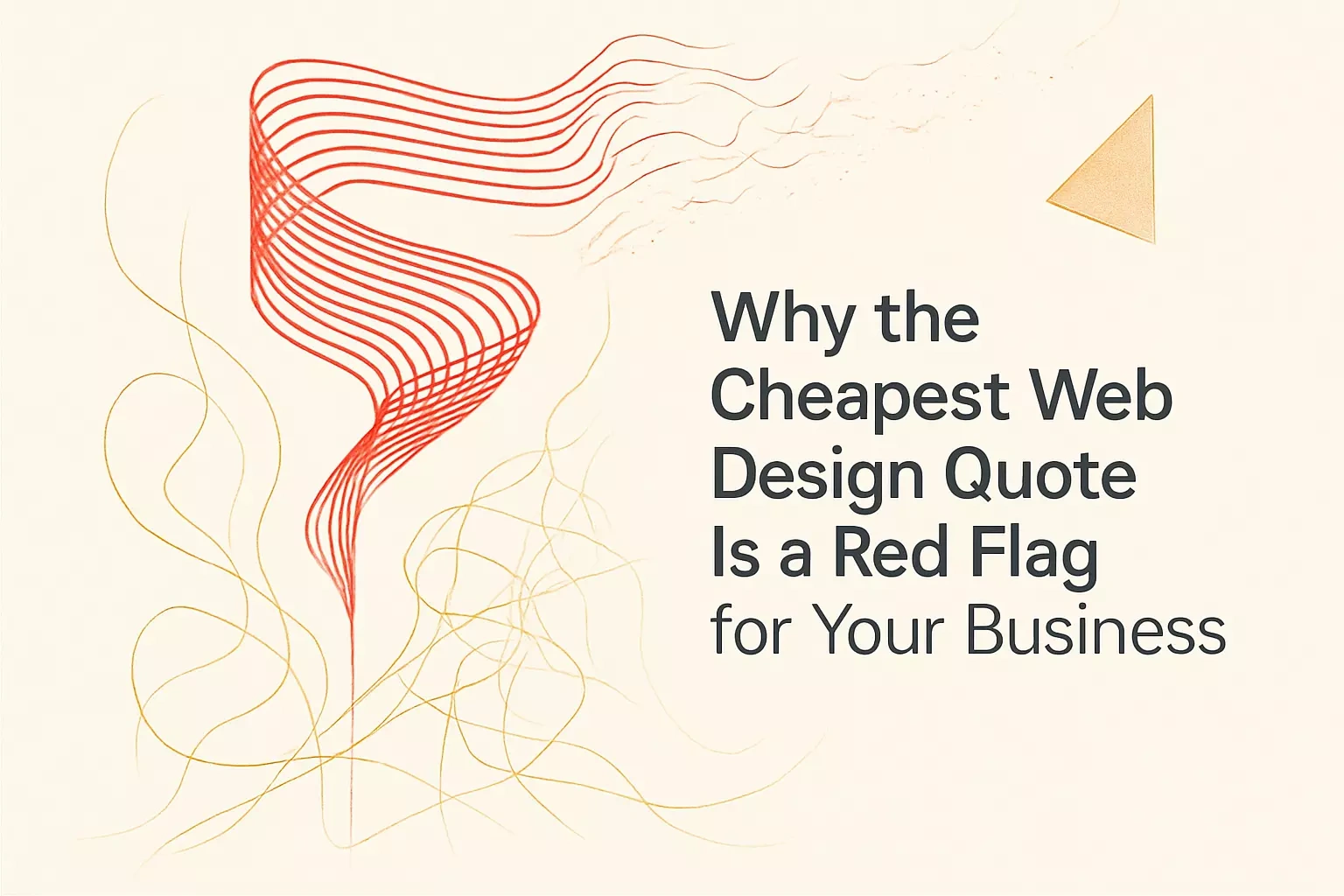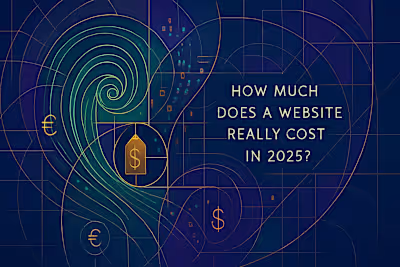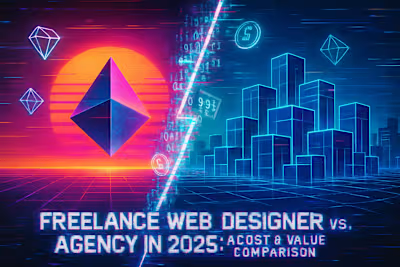Why the Cheapest Web Design Quote Is a Red Flag for Your Business

Why the Cheapest Web Design Quote Is a Red Flag for Your Business
The True Cost of 'Cheap' Web Design
Poor User Experience (UX) and Its Impact on Conversions
Lack of SEO Foundation and Poor Search Rankings
Major Security Vulnerabilities
No Scalability for Future Growth
The Long-Term Value of Investing in Quality Web Design
Higher Conversion Rates and More Leads
Stronger Brand Credibility and Trust
Lower Long-Term Maintenance and Redesign Costs
A Future-Proof Asset for Your Business
How to Assess Quality Beyond the Price Tag
Review Their Portfolio and Case Studies
Understand Their Design and Development Process
Ask About Their Approach to UX, SEO, and Performance
Conclusion
References
Why the Cheapest Web Design Quote Is a Red Flag for Your Business
The True Cost of 'Cheap' Web Design
Poor User Experience (UX) and Its Impact on Conversions
Lack of SEO Foundation and Poor Search Rankings
Major Security Vulnerabilities
No Scalability for Future Growth
The Long-Term Value of Investing in Quality Web Design
Higher Conversion Rates and More Leads
Stronger Brand Credibility and Trust
Lower Long-Term Maintenance and Redesign Costs
A Future-Proof Asset for Your Business
How to Assess Quality Beyond the Price Tag
Review Their Portfolio and Case Studies
Understand Their Design and Development Process
Ask About Their Approach to UX, SEO, and Performance
Conclusion
References
Posted Jun 30, 2025
Tempted by a low-cost web design offer? Learn why the cheapest quote often leads to poor performance, security risks, and higher long-term costs. Invest in quality for better ROI.










